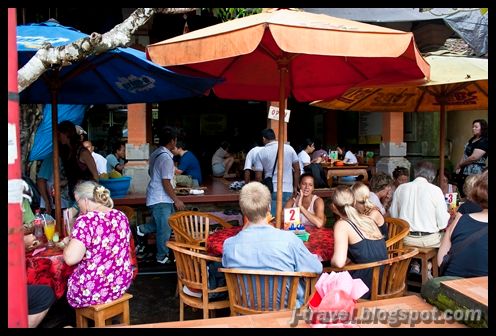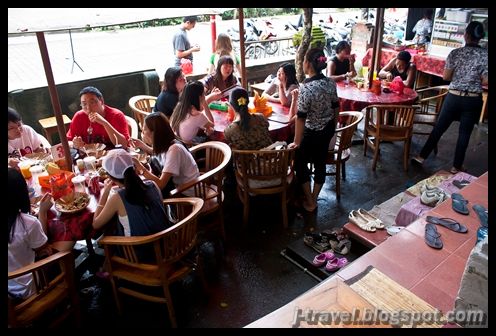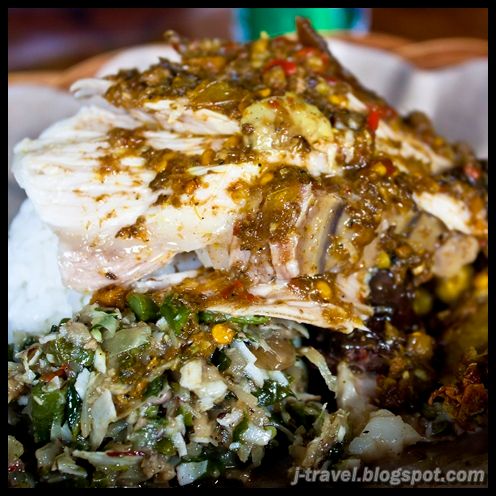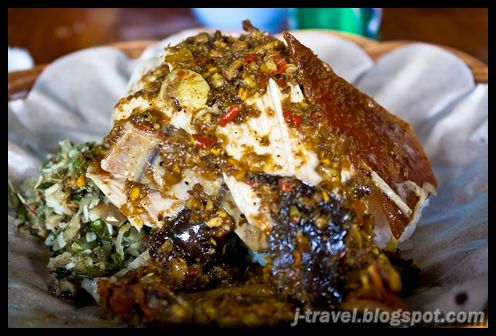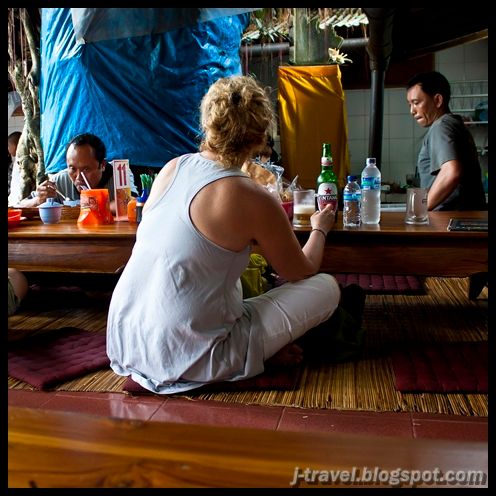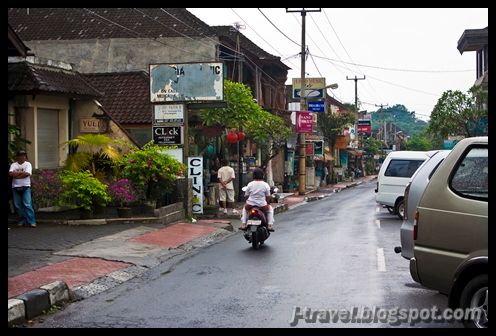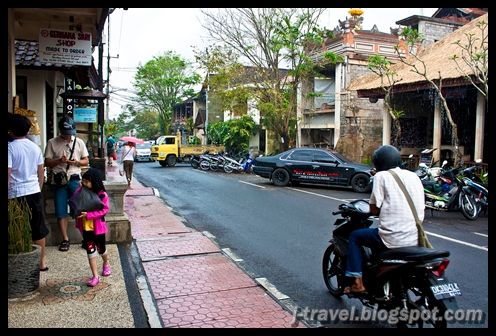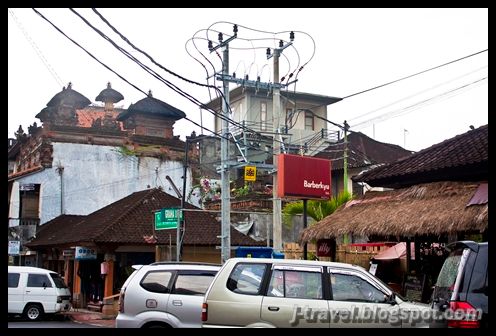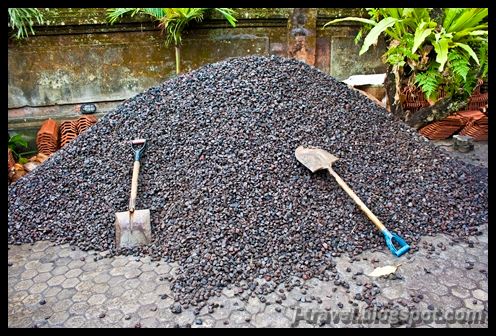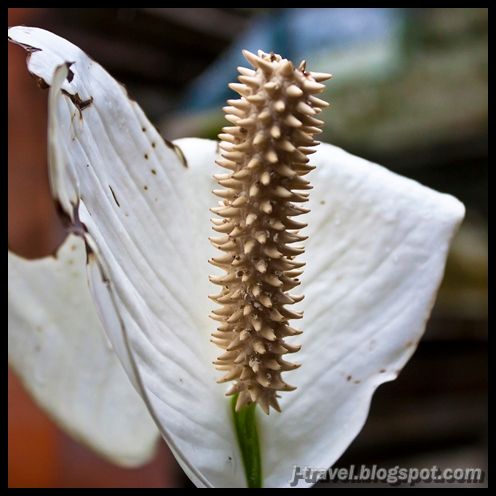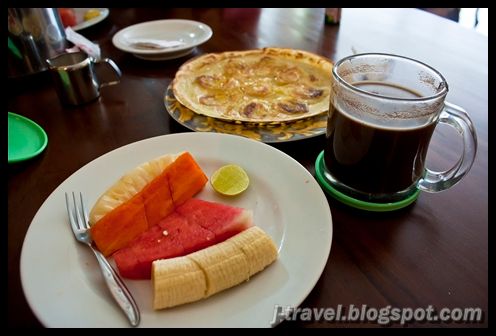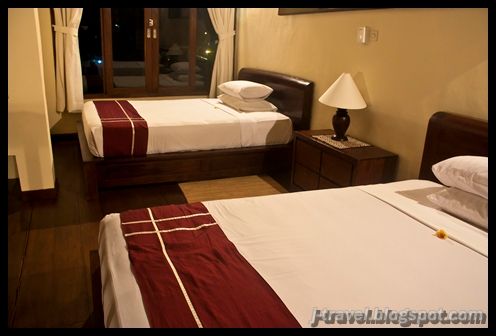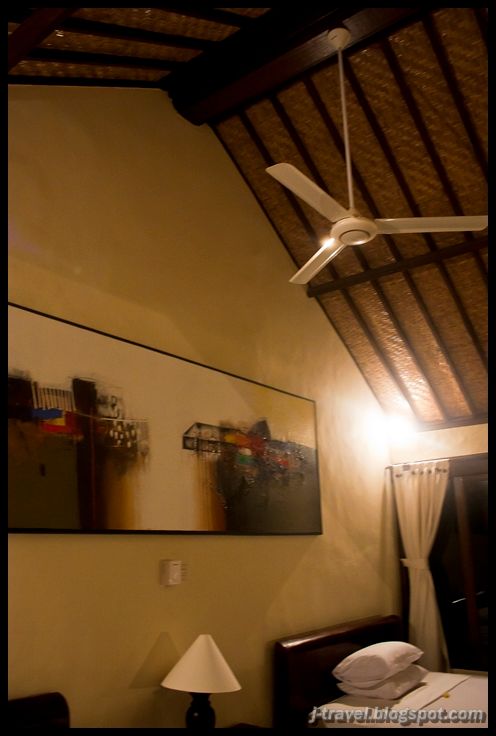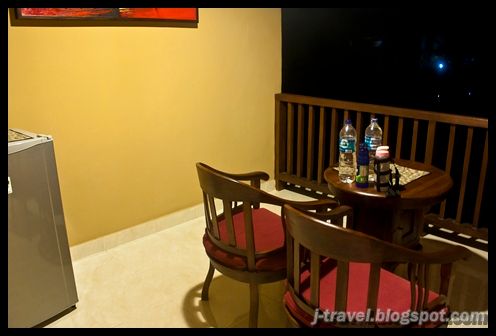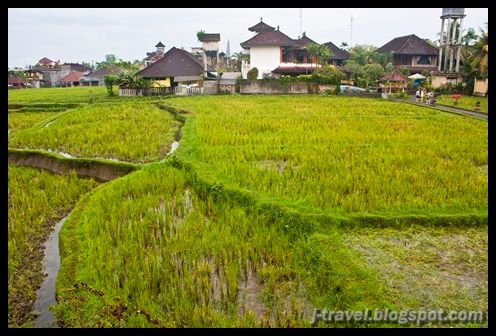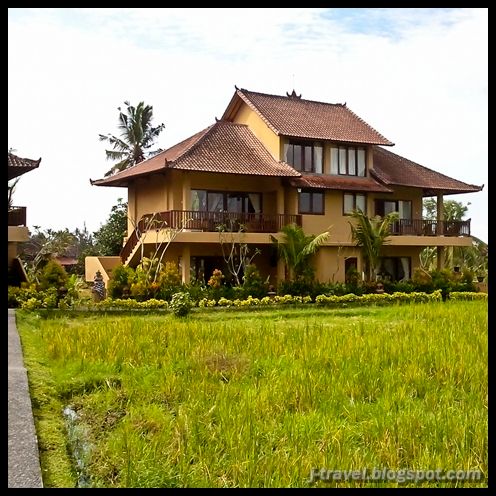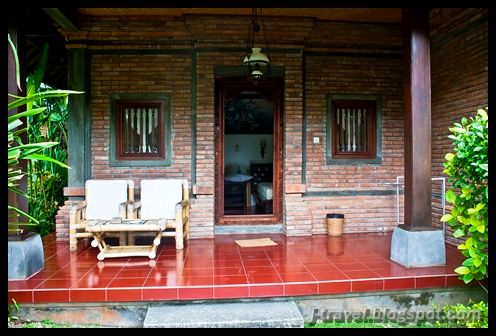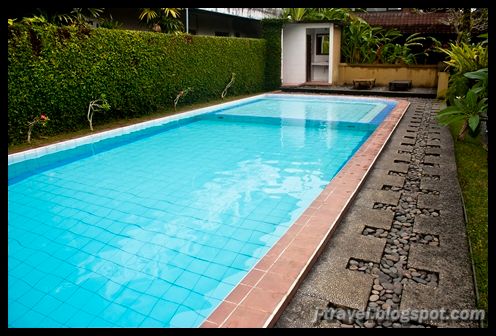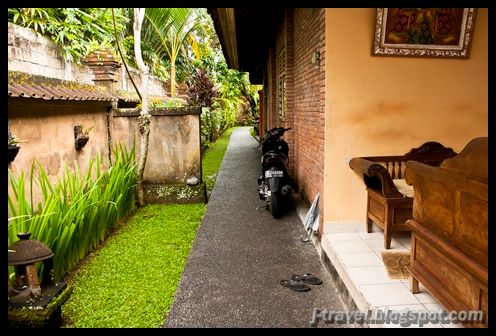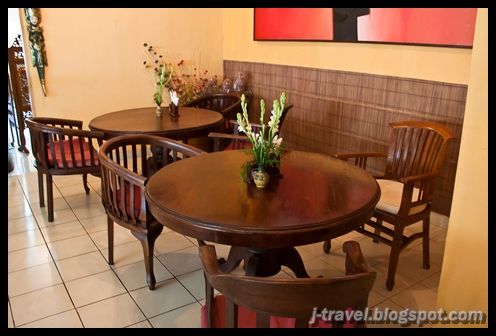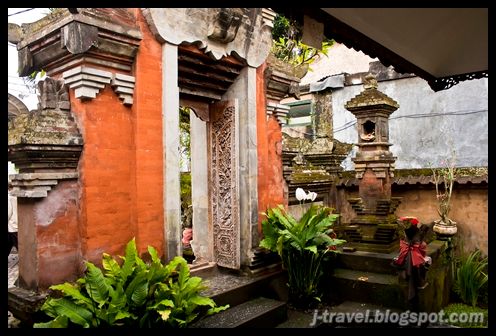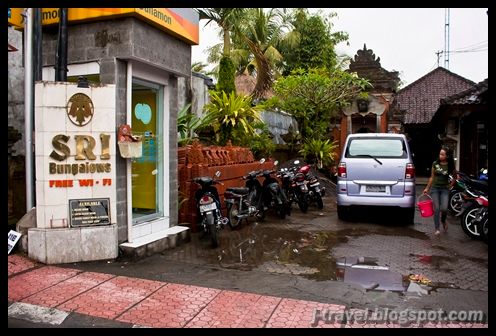The
Sri Bungalows Ubud (S8.51334 E115.26092) is located along the
Monkey Forest street of
Ubud town, Bali. (booking online through hotel.com)
After about
1 hour 20 mins journey from
Kuta, we reached the
Sri Bungalows Ubud almost
10pm (local time), and the reception counter said we had been upgraded to the Super Deluxe room due to the deluxe room was fully booked! It was a surprised for us! :)
But the distance from the lobby to our bungalows was about
400 meters! My goodness! But we were satisfy once we saw the room setting...
The entrance to our bungalow unit
The King size bed
The spacious bathroom with bath tub
The room had a another upper level where the two queen size beds located. The view was very nice from the windows!
The staircase to the upper level...
The 2 queen size beds...
There was no air-condition on the upper level, only equipped with one ceiling fan. But it was cooling enough...
View from upper level...
Beside the main balcony at the entrance, there was another small balcony (with one fridge) at the other side of the room...where I had my
Bintang beer every night! :)
The second balcony of our room...
We like the setting of the room very much! Esspecially the
Balinese style furniture...
I took some photos of the room again in the next morning that you can see more clearer than night time...
The view of the upper level...
When we stepped out the room, the view in the morning was Marvelous! We like it very much!
The main balcony of our room...
The paddy field view from the balcony...(the security tower on the left)
Our room at Sri Bungalows Ubud
Along the way from the room to the lobby, we were really surprised with the
Nice landscaping! Green environment! Nice and Green environment...
We walked pass some nice
Traditional Balinese Architecture type of bungalows which categorize for standard room....and the pool...
The standard room at Sri Bungalows Ubud.
The Clean swimming pool...
We reached the narrow lane at the end, and it was the lobby...
The small cafe area beside the lobby...
The common Balinese deco...
The main entrance to Sri Bungalows Ubud
We were
satisfied with the bungalows and the
services provided (free Wifi to the room). I did noticed the security guard patroling the bungalows area every hour in night time till morning, that made us feel safety!
Great! There are many bungalows around the
Ubud area, we will try to stay at some others bungalows in our next visit!
Don't fool by the outlook of the main entrance, the beautiful scenery is behind it!Related post :-* My Bali trip on June 2011* My Bali trip on June 2010Location map od Sri Bungalows Ubud at Ubud town, Bali Island.








